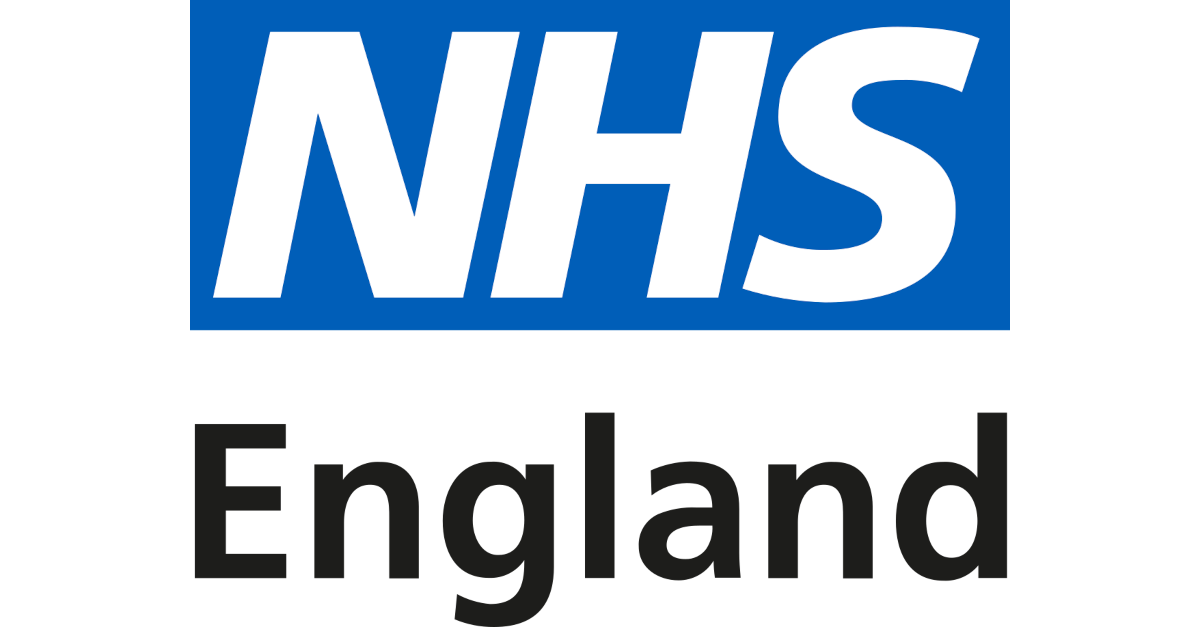NHS staff experienced the busiest year on record for A&E and ambulance services last year, new figures show today, as flu continues to pile pressure on hospitals into 2025.
There was an average of 5,407 patients a day in hospital with flu last week, including 256 in critical care – 3.5 times higher than the same week last year (1,548 w/e 7 January 2024). A number of trusts this week have declared critical incidents, citing exceptional demand caused by the colder weather and respiratory viruses.
Covid, RSV and norovirus cases remained high with more than 1,100 patients in hospital with Covid every day last week, as well as 626 patients with norovirus – up almost 50% on the same week last year (424). There was also an average of 72 children in hospital with RSV every day, up 47% from last year (49).
Services prepared for this anticipated increase by ensuring 102,546 general and acute beds were open last week, up from 101,309 the week before.
NHS teams have also delivered a total of 29 million flu, Covid and RSV vaccines since the autumn campaign kicked off, and while the national vaccination booking system has now closed, those eligible can still get protected by visiting a COVID-19 walk-in vaccination site or finding a pharmacy offering the flu vaccine.
England’s top doctor said that frontline staff were really feeling the strain and that some of their days at work this winter have been “similar to the days at the height of the pandemic.”
Monthly data confirmed that 2024 was the busiest year ever for A&E and ambulance services in England – with December recording the highest number of ambulance incidents ever in one month.
Ambulance teams handled 806,405 incidents in December taking the total number for 2024 to 8.94 million – around 1 in 14 more than the previous year (8.35 million in 2023).
A&Es were also hit by unprecedented demand this year with 2.35 million attendances in December, bringing the total number of attendances in 2024 to 27.42 million – the busiest year for A&Es ever recorded and 7.1% higher than in 2023 (25.61 million).
Despite this influx, NHS staff continued to deliver improvements for patients, seeing around 150,000 more patients within the four-hour target in December when compared to last year (71.1% of patients in 2024 vs 69.5% in 2023).
Thanks to measures like surgical hubs and community diagnostic centres keeping planned care protected from winter pressure, the NHS delivered 1.56 million elective treatments in November – the highest ever number of treatments delivered each day across the month (74,129) and 5% more compared to the same month before the pandemic (1.48 million in November 2019).
The hard work of skilled NHS staff saw the waiting list continue to fall in November, down 61,413 to 7.48 million and the lowest the waiting list has been since May 2023. The estimated number of patients waiting in November was 6.28 million.
The longest waits have also fallen again, with the number waiting more than 18 weeks (3.06 million) down almost 4% since last year (3.18 million), with the number waiting over a year almost half its peak following the pandemic (221,889 vs 436,127 in March 2021). The proportion of patients seen within 18 weeks was 59.1%.
On Monday, the NHS and government launched a new Elective Care Reform Plan to return to treating 92% of patients within 18 weeks, with measures including more capacity, reforms to the way patients receive care, improvements to the NHS App, and greater use of the independent sector.
For the past eight months in a row, the NHS has delivered the most diagnostic activity for that month ever recorded, with 2.44 million tests and checks delivered in November 2024 – a fifth more than pre-pandemic (2.02 million in November 2019).
In November, the NHS met the cancer faster diagnosis standard again, with 77% of people getting the all clear or a cancer diagnosis within four weeks. Thanks to the efforts of staff, record numbers of people continue to be referred for checks – with over 3 million checks over the last year and more than 650,000 cancer treatments delivered to patients, with more than 9 in 10 people starting within a month.
Professor Sir Stephen Powis, NHS National Medical Director, said: “It is clear that hospitals are under exceptional pressure at the start of this new year, with mammoth demand stemming from this ongoing cold weather snap and respiratory viruses like flu – all on the back of 2024 being the busiest year on record for A&E and ambulance teams.
“I never fail to be impressed by the remarkable job that NHS staff across a range of services in the face of current challenges, remaining compassionate, professional and doing everything they can to see patients as quickly as possible while often working in hospitals that are full to bursting. It is hard to quantify just through the data how tough it is for frontline staff at the moment – with some staff working in A&E saying that their days at work feel like some of the days we had during the height of the pandemic.
“That hard work and resilience from staff, alongside vital tools like surgical hubs and community diagnostic centres that keep planned care isolated from winter pressure, meant the waiting list fell again in November to 7.48 million, with the NHS delivering 5% more activity than the same period pre-pandemic.
“As the incredibly busy winter continues and hospitals clearly experience intense pressure, please do continue to only use 999 and A&E in life-threatening emergencies and use NHS 111 and 111 online for other conditions, as well as using your local GP and pharmacy services in the usual way.”
Health and Social Care Secretary, Wes Streeting said: “In the past 6 months, we have ended the junior doctors’ strikes so staff are on the front line not the picket line for the first winter in 3 years, and introduced the new RSV vaccine. But despite the best efforts of staff, patients are still receiving unacceptable standards of care.
“Although this winter’s campaign vaccinated more people than last winter, this strain of flu has hit hard, putting more than three times as many patients into hospital compared to this time last year.
“Annual winter pressures should not mean an annual winter crisis, which is why this government is making significant investment in the NHS, undertaking fundamental reform, and acting now to improve social care. It will take time to turn the NHS around, but the fact that waiting lists are now falling shows that change is possible.”
The new Elective Reform Plan, launched earlier this week, will support continued progress, with streamlined appointments, a shake-up of diagnostic care, and a better experience for patients including upgrades to the NHS App.



